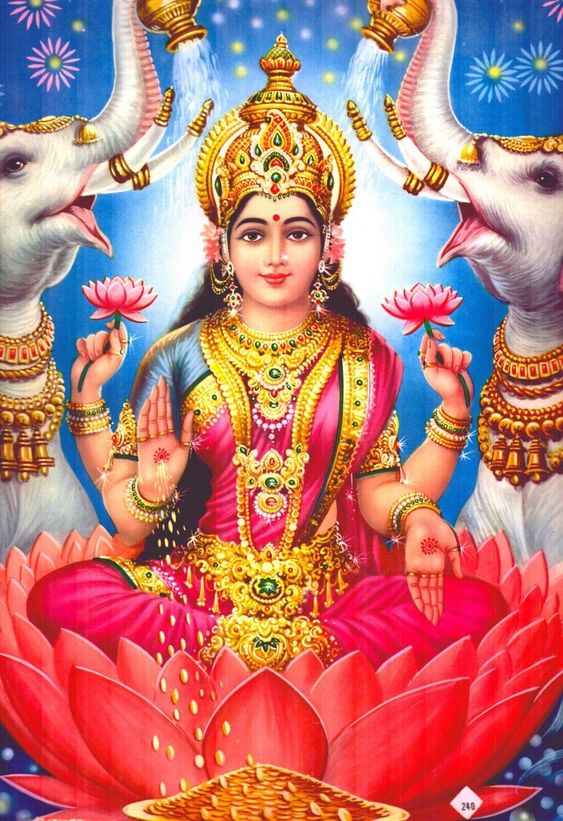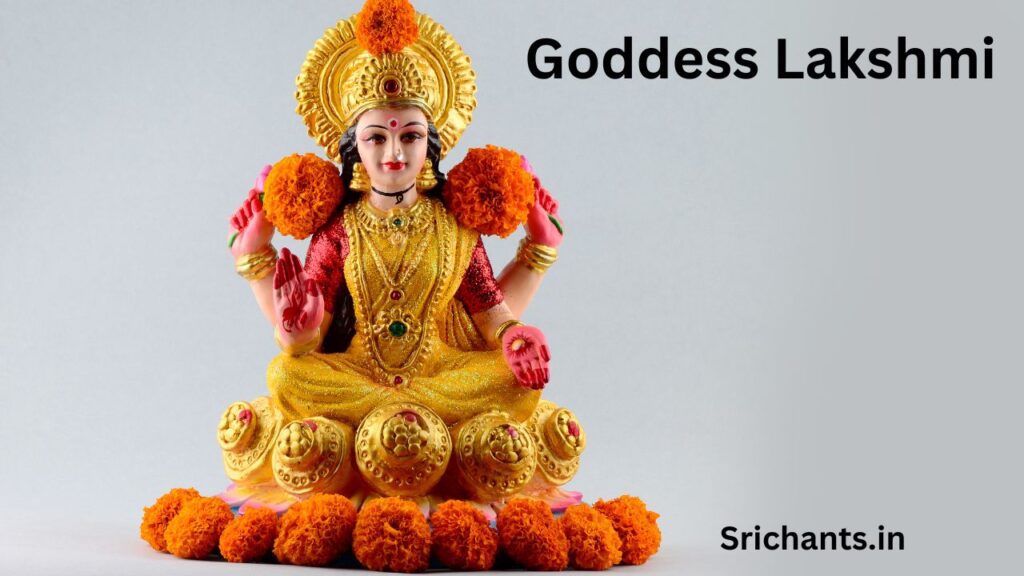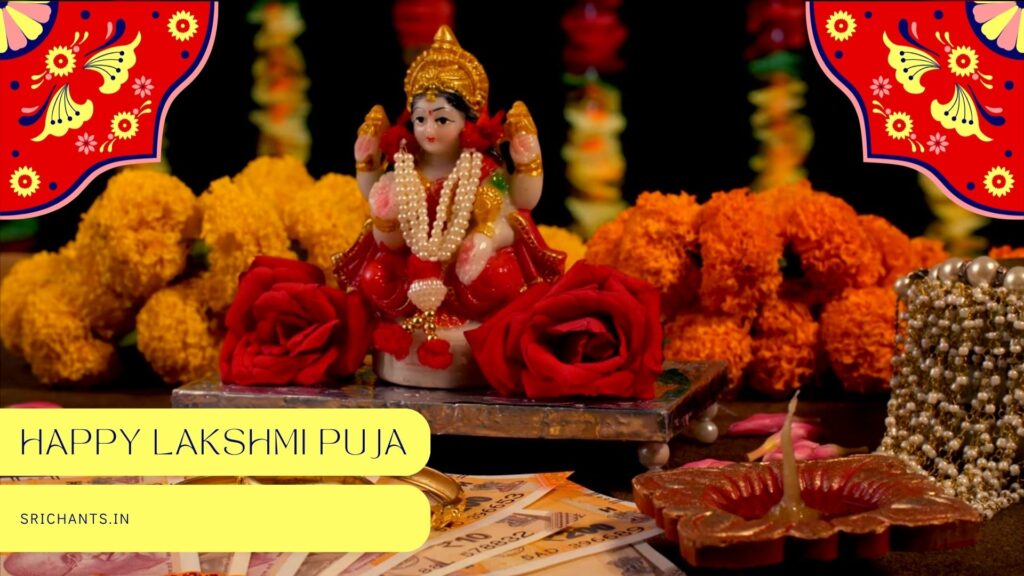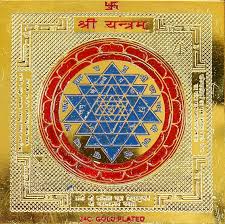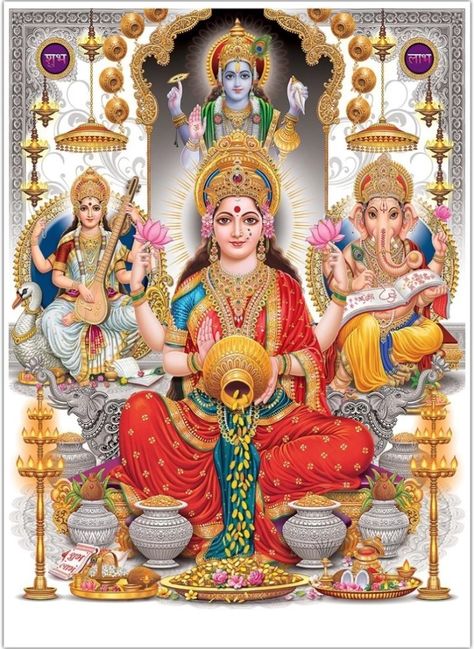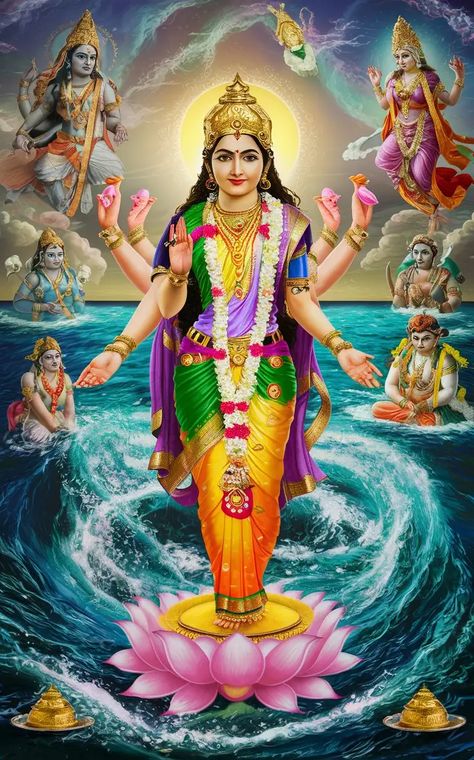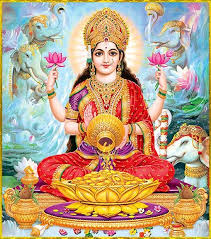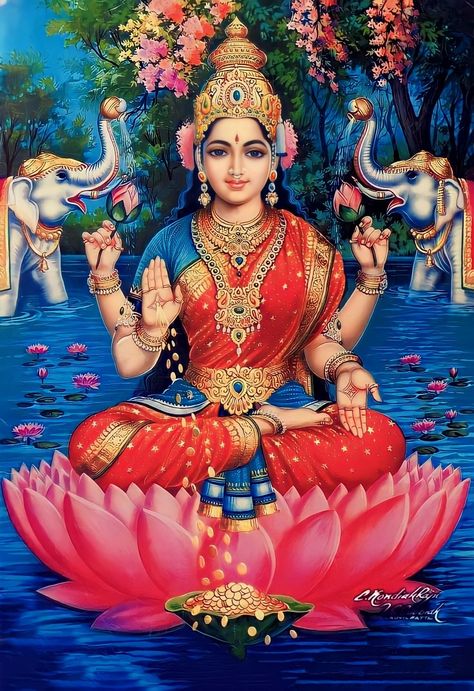How To Worship Lakshmi : Devotional Practices of God Worship
Introduction
Lakshmi, the Hindu goddess of wealth, prosperity, and fortune, has been held in high regard as a prominent figure in the Hindu pantheon for centuries. Her significance transcends the domain of material abundance, as she personifies the divine qualities of purity, fertility, and spiritual enlightenment. The Hindu faith’s deeply rooted cultural and religious traditions have been reflected in the evolution of the devotional practices surrounding Lakshmi worship.
This exhaustive article delves into the complex realm of Lakshmi worship, examining the diverse temples, rituals, and observances that have become essential to the lives of devoted Hindus. We reveal the profound symbolism and spiritual significance that undergird these devotional practices, from the auspicious Diwali celebrations to the sacred Lakshmi Vratas. We invite you to join us on a voyage to comprehend the multifaceted nature of Lakshmi and the profound influence she has had on Hindu religious and cultural traditions.
The Significance of Lakshmi in Hindu Mythology
Lakshmi’s origins can be traced back to the ancient Hindu scriptures, where she is depicted as the consort of Lord Vishnu, the preserver of the universe. Lakshmi, as depicted in mythology, emerged from the churning of the cosmic ocean, seated on a lotus, and holding a lotus blossom in her palm. This iconic image of Lakshmi has become a potent symbol of her divine attributes, symbolizing her capacity to transcend the material domain and her connection to the natural world.
The lotus, with its petals blossoming above the water and its roots firmly anchored in the mud, serves as a metaphor for Lakshmi’s capacity to transcend the material world by virtue of her divine nature. This symbolism is further emphasized by her affiliation with the four objectives of Hinduism: moksha (liberation), artha (wealth), dharma (morality), and kāma (desire). It is believed that Lakshmi’s four-armed representation symbolizes these four aspirations, providing spiritual guidance to devotees on their voyage.

Lakshmi Temples and Pilgrimage Sites
In India, there are a multitude of temples that are dedicated to the worship of Lakshmi, each with its own distinctive architectural splendor and history. The Shri Mahalakshmi Temple in Kolhapur, Maharashtra, is one of the most renowned Lakshmi temples. It is believed to be one of the Shakti Peethas, or sacred locations where the divine mother’s body parts are said to have fallen.
The Shri Mahalakshmi Temple in Bandiwade, Goa, is another notable Lakshmi temple, distinguished by its remarkable stone architecture and intricate sculptures. The Shri Gajant Lakshmi Temple in Volvoi, Goa, is also a significant pilgrimage site, attracting devotees from throughout the region to seek the goddess’s favors.
The Mahalakshmi Temple, the first temple dedicated to Lakshmi, is located in the capital city of Panaji, Goa. It was constructed with the approval of the Portuguese rulers during their colonial period. The temple is a revered destination for Hindus who are pursuing the goddess’s grace due to its historical significance and location.
The Rituals of Lakshmi Worship
The devotional practices associated with Lakshmi worship are profoundly rooted in Hindu tradition and are observed year-round, with a particular emphasis on auspicious festivals and holy days.
Lakshmi Puja
The Lakshmi Puja, which is conducted daily in Lakshmi temples throughout India, is one of the most significant rituals. The primary ritual of abhishek (ceremonial bathing) and other rituals for the goddess’s idol are performed by the temple priest, known as the bhatt. The devotees sing bhajans (devotional songs) and kirtans (spiritual discourses) in addition to chanting petitions and mantras, which are performed in conjunction with the puja.
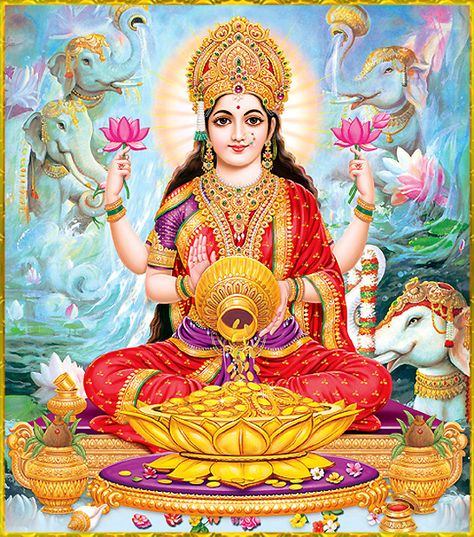
Shukrawar: The Day of Lakshmi Worship
The day of Goddess Lakshmi, which is referred to as Shukrawar in numerous Indian languages, is Friday. Devotees frequently visit Lakshmi temples on this day to offer their prayers and request the goddess’s blessings. On Fridays, numerous households and businesses also conduct Lakshmi Devi Puja, which is followed by the distribution of prasad (sacred offerings), including roasted chickpeas and other delicacies.
Diwali: The Festival of Lights
The festival of Diwali, also referred to as the “Festival of Lights,” is the most significant commemoration of Lakshmi worship. Hindus worldwide participate in a magnificent Lakshmi Puja during this auspicious period, in an effort to secure the goddess’s blessings for financial stability and prosperity in the forthcoming year. Homes are scrupulously cleaned, and rows of lights are illuminated to celebrate Lakshmi’s arrival.
Businesses and households frequently engage in intricate rituals, frequently under the supervision of a temple cleric, on the evening of Diwali or the subsequent evening. The puja is followed by the exchange of gifts and the distribution of sweets, which serve to fortify the connections between families and communities.
The Lakshmi Vratas: Devotional Fasts and Vows
Many Hindu women, particularly those in upper-caste and upper-class households, observe specific Lakshmi Vratas (vows) throughout the year, in addition to the regular temple rituals. These vows entail the performance of puja, fasting, and the invitation of other married women (savashins) to join in the observances.
Shravana Shukrawar Vrata
The Shravana Shukrawar Vrata is one such Vrata, which is observed during the sacred month of Shravana (July-August). The savashins fast and worship Lakshmi on each Friday (Shukrawar) of this month, inviting five other savashins to their residences in the evening. The visitors are presented with a cup of spiced milk (masala dudh) and a handful of roasted chickpeas (channa) by the host, who also administers haldi-kumkum (turmeric and vermilion) to their foreheads.
Shri Vaibhav Lakshmi Vrata
The Shri Vaibhav Lakshmi Vrata is another widely observed Vrata that is observed for a cycle of eleven consecutive Fridays. Guests are invited to the final “udyapan” (culmination) ceremony, which entails fasting, performing puja to a coconut embellished with a gold ornament (representing Lakshmi), and inviting them.
Margashirsha Guruwar Shri Lakshmi Vrata
Margashirsha Guruwar The Shri Lakshmi Vrata is observed on Thursdays (Guruwar) in the month of Margashirsha (November-December). In addition to the distribution of prasad to family members and designated guests, this Vrata, which can last for four or five Thursdays, also entails fasting and puja.
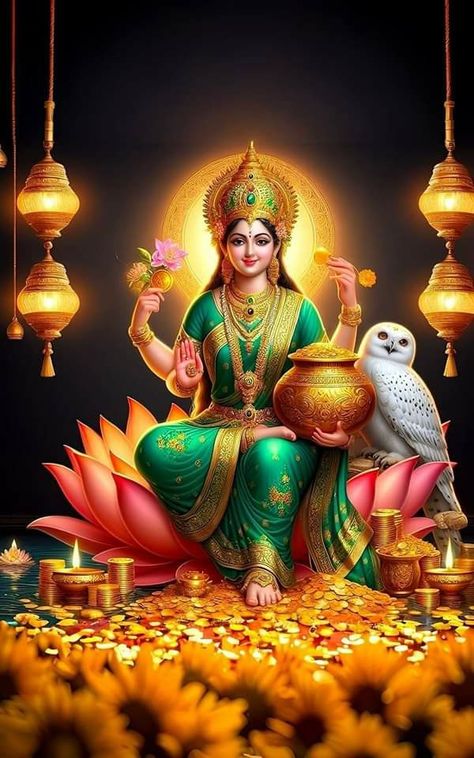
The Economic and Social Impact of Lakshmi Worship
The economic and social fabric of Hindu communities, particularly in Goa, have been significantly influenced by the devotional practices associated with Lakshmi worship.
The Rise of Goan Prosperity
Goa’s economy was predominantly agrarian prior to the 1970s, with the majority of families relying on agriculture for their subsistence. Nevertheless, the educational qualifications and economic status of the Goan population experienced substantial development during the post-liberation era. The role of the “Grihalakshmi” (the lady of the house) became increasingly significant in contributing to the family’s financial well-being as more individuals, including women, obtained employment in factories, businesses, and offices.
The Gratitude of the Grihalakshmis
The Grihalakshmis, who were responsible for overseeing the household and finances, began to credit their families’ newfound prosperity to the graces of Goddess Lakshmi. This sense of gratitude resulted in the widespread implementation of Lakshmi Vratas, as women sought to demonstrate their gratitude and continue to receive the goddess’s favor.
The Dissemination of Lakshmi Worship
The cultural exchange with neighboring states, including Karnataka and Maharashtra, has had an impact on the observance of Lakshmi Vratas, including the Shri Vaibhav Lakshmi Vrata and the Margashirsha Guruwar Shri Lakshmi Vrata. The devotional connection to Lakshmi has been furthered by the easy integration of these Vratas into the religious practices of Goan Hindus.
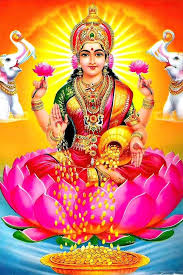
Lakshmi’s Symbolic Representations
The multidimensional nature of Lakshmi’s divine attributes is reflected in the rich in meaning and significance of her iconography and symbolic representations.
The Lotus and Its Symbolism
The lotus, a recurring motif in Lakshmi’s depictions, possesses profound symbolic significance. Lakshmi’s capacity to transcend the material world and achieve spiritual enlightenment is symbolized by the flower’s petals that are visible above the water, despite its roots being securely embedded in the dirt. The lotus is also a symbol of purity, fertility, and beauty, all of which are associated with the deity.
The Four-Armed Representation
Lakshmi is frequently depicted with four limbs, each of which is holding a symbolic object. According to Hinduism, these four hands denote the four objectives of life: moksha (liberation), dharma (righteousness), artha (wealth), and kāma (desire). This iconography emphasizes Lakshmi’s role in assisting devotees in achieving these four aspirations.
The Red Sari and Gold Thread
Lakshmi’s attire, a crimson sari adorned with gold thread, is also infused with symbolic significance. The gold thread symbolizes the material prosperity that Lakshmi bestows upon her devotees, while the red color represents wealth, attractiveness, and fertility.
The Elephants and Coins
Lakshmi is frequently depicted with elephants in the background, which are symbols of strength, power, and hard labor. The material wealth and abundance that she is believed to bestow upon her devotees are symbolized by the coins that cascade from her palms.
The Ubiquity of Lakshmi’s Symbol: Shri
The goddess’s ubiquity in Hindu culture is evidenced by the pervasive use of the symbol Shri, which represents Lakshmi and material prosperity. This symbol is frequently observed on temples, businesses, and in a variety of religious and cultural contexts, underscoring the central role that Lakshmi plays in the lives of devout Hindus.
Lakshmi’s Avatars and Her Relationship with Vishnu
It is believed that Lakshmi is the consort of Lord Vishnu, who is the preserver of the universe. Sita is frequently linked to Rama, while Rukmini is linked to Krishna. This divine collaboration emphasizes the complementary nature of Lakshmi and Vishnu, as Lakshmi’s blessings and prosperity are indispensable for the realization of Vishnu’s divine destiny.
conclusion
The enduring significance of this revered Hindu goddess is evidenced by the devotional practices that encircle Lakshmi worship. The rituals and observances dedicated to Lakshmi, from the grand Diwali celebrations to the personal Lakshmi Vratas, reflect the deep-rooted cultural and religious traditions of the Hindu faith.
Lakshmi’s iconography and symbolic representations are replete with significance, as we have discovered, and they serve as a guide for devotees on their spiritual voyage toward the completion of the four life objectives. The profound influence that the deity has had on the lives of her devotees is further underscored by the economic and social impact of Lakshmi worship, particularly in Goa.
By understanding the multifaceted nature of Lakshmi and the devotional practices that honor her, we can gain a deeper appreciation for the enduring legacy of this beloved Hindu deity. As we continue to witness the evolution of Lakshmi worship, we can be assured that her blessings and guidance will remain a vital part of the Hindu religious and cultural landscape for generations to come.
#lakshmi #avatars #diwali #vrat #fasting
